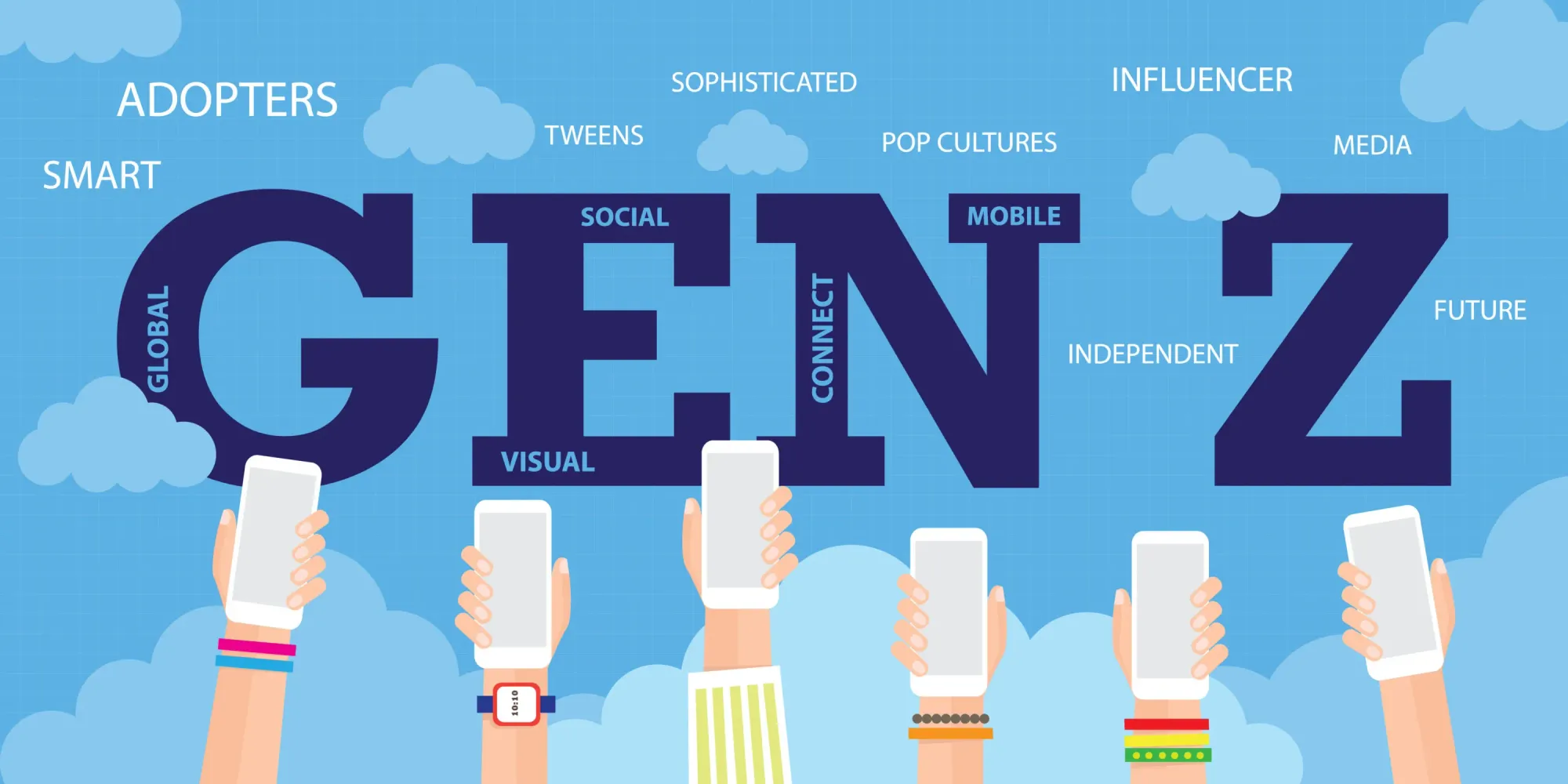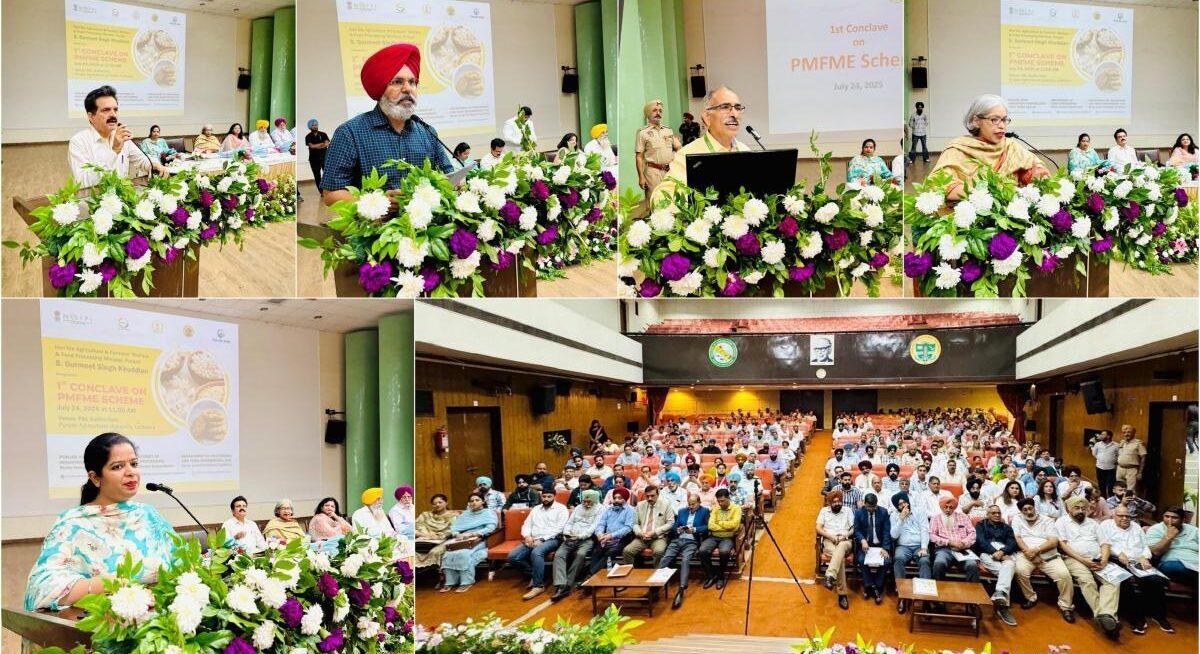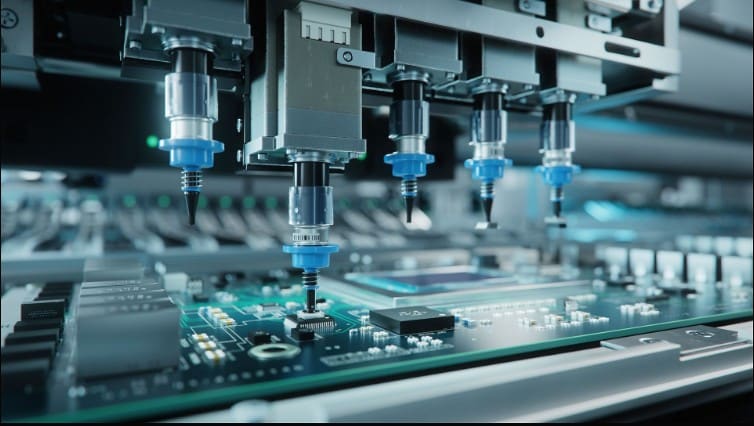Former U.S. President Donald Trump’s long-standing desire to bring iPhone manufacturing back to American soil could come at a steep cost literally. According to supply chain analysts and industry experts, shifting Apple’s assembly operations from China to the U.S. could send iPhone prices soaring as high as $3,000.

Trump, who has resumed his campaign trail for the 2024 U.S. presidential elections, recently reignited his push for domestic manufacturing. He exhorted Apple CEO Tim Cook to shift manufacturing away from China as a matter of patriotism in the face of rising geopolitical tensions. But if the stagecraft is good politics, the economic reality is another matter, according to experts.
“If Apple were to manufacture iPhones in the U.S., the cost structure would be drastically different,” noted tech industry consultant John Zhang. “Labor costs alone are up to 30 times higher compared to China.”
The China Cost Advantage
Currently, Apple relies heavily on its vast Chinese supplier network, particularly the industrial hubs of Shenzhen and Zhengzhou. These ecosystems not only offer economies of scale but also a highly integrated infrastructure for rapid prototyping and production. Replicating this in the U.S. would require billions of dollars in capital investment and several years of effort.
Foxconn, Apple’s primary manufacturing partner, has a massive presence in China and employs over a million people there. While the company has opened a few facilities in the U.S., these remain relatively minor and often face operational challenges, including higher costs and a shortage of skilled labor.
A $3,000 iPhone?
In a scenario modeled by analysts, even if Apple managed to localize production to the U.S., the price of a flagship iPhone could balloon to around $2,500 to $3,000. This would be due to increased labor, compliance, and logistics expenses and that’s before accounting for new infrastructure costs or tax incentives.
“Consumers might find it hard to justify that kind of expense, especially when they’ve been conditioned to premium smartphones at $1,000 or less,” said Daniel Ives, managing director at Wedbush Securities.
Political Optics vs. Market Reality
Trump’s push for a ‘Made in America’ iPhone fits neatly into his nationalist economic narrative. But tech leaders argue that decisions like these require more than patriotic sentiment they need practical grounding in global economics.
Tim Cook, who has previously met Trump during his presidency, has been cautious in his public response. Apple has already expanded some production into India and Vietnam to diversify supply chains post-COVID and due to U.S.-China tensions, but a complete U.S. shift is not on the cards.
Apple’s Balancing Act
As Apple shifts from geopolitical pressures, it has a tricky balancing act. While Washington desires less reliance on Beijing, Cupertino has to stay profitable and competitive globally. Moreover, shifting production domestically could alienate Apple’s growing customer base in emerging markets, where affordability remains key.
Some experts suggest a hybrid model maintaining high-end, low-volume production in the U.S. for political optics while keeping mass manufacturing overseas might be Apple’s most viable option.
Bottom Line
Trump’s vision of an America-made iPhone could inspire patriotic fervor, but there is consensus among experts that it would also unleash a Pandora’s box of economic consequences. From pricing shocks to logistical horrors, the concept is much more than campaign rhetoric will let on.
Also Read: Trump to Apple: ‘Don’t Build in India’, Despite India’s Zero-Tariff Offer
























